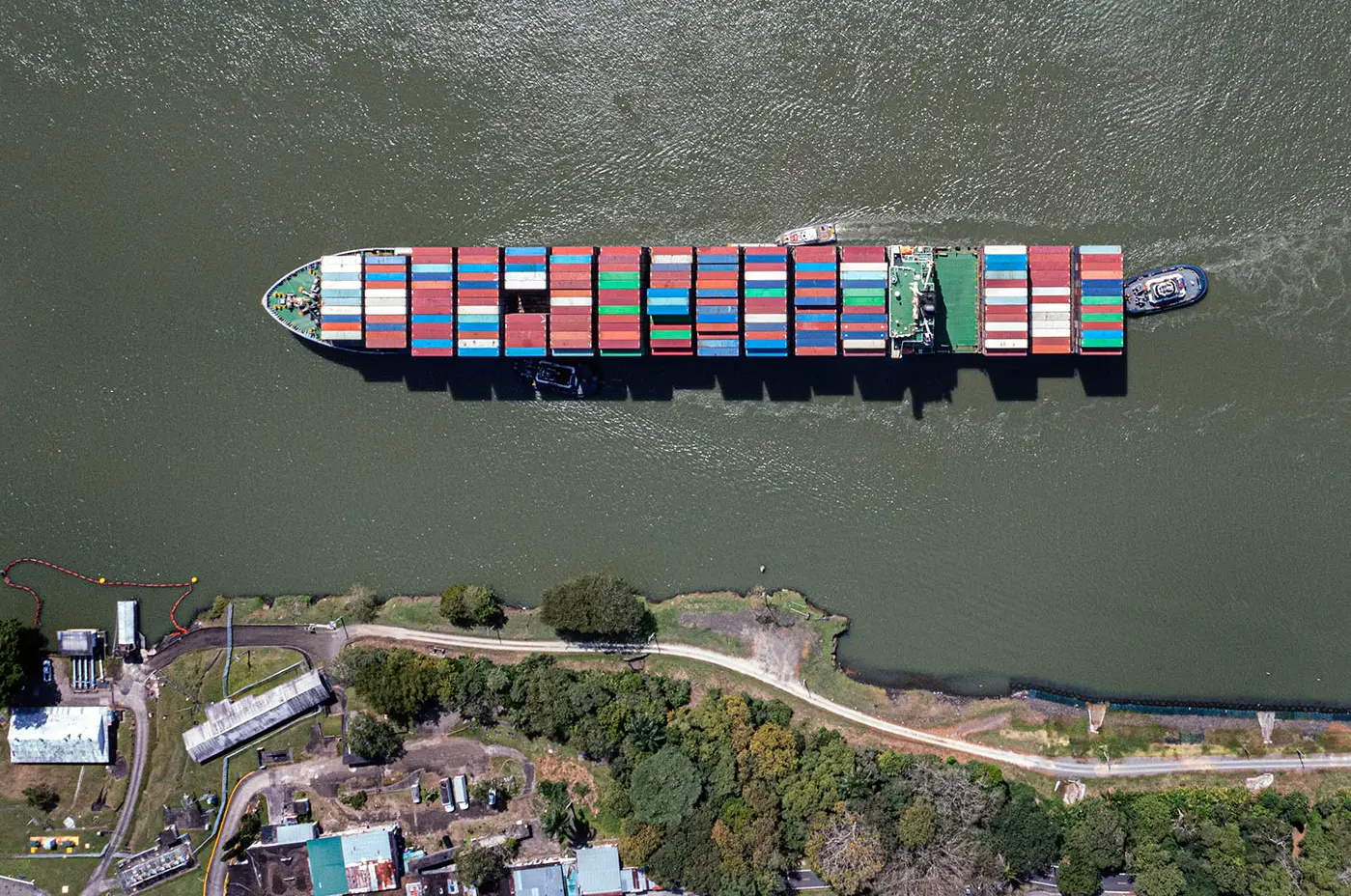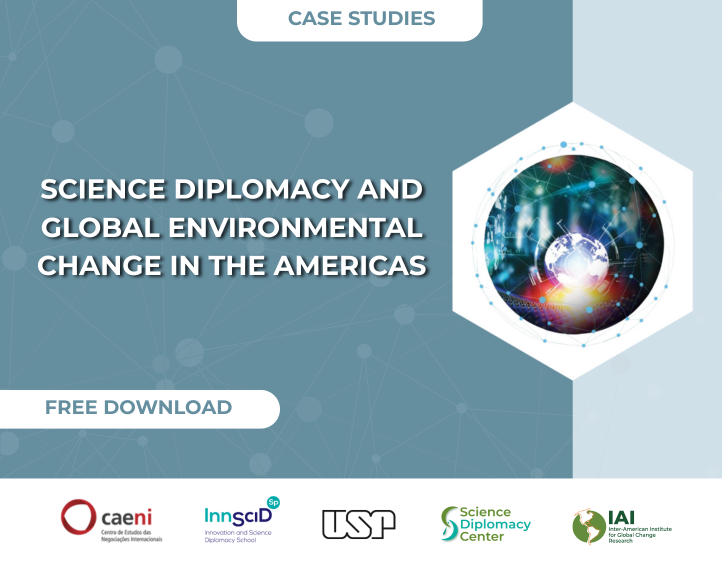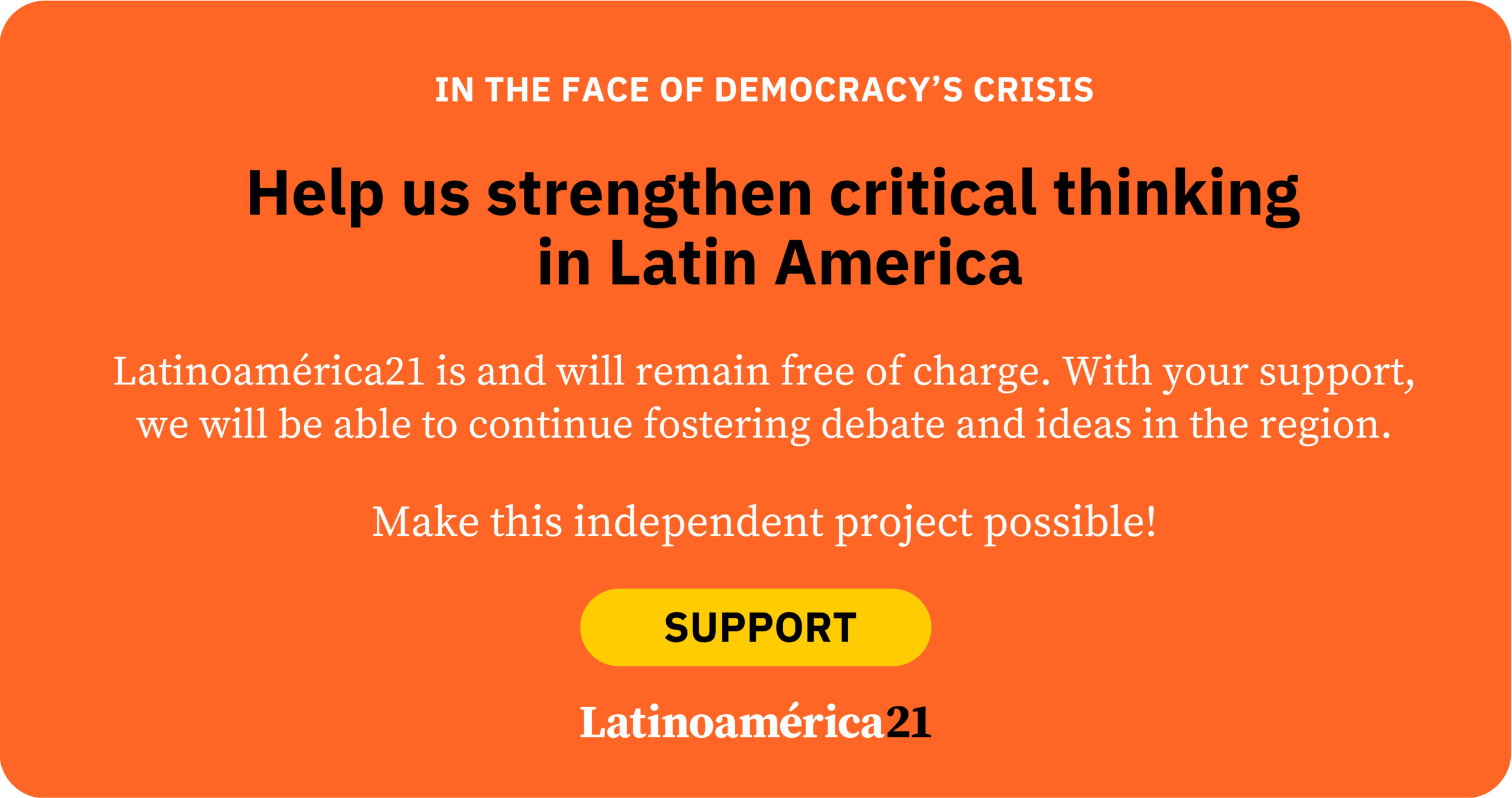In a world in crisis, like the one we live in today, the first to undergo transformation are dependent, heterogeneous, and vulnerable geopolitical spaces, such as the Greater Caribbean — a diverse and strategic region that includes not only the islands of the Caribbean Sea but also the continental countries with coastlines along this sea, such as Mexico, Colombia, and the Central American nations.
In this context, three major dynamics are currently impacting the region: the ecological, associated with climate change; the commercial, related to the development of new legal and criminal flows; and the economic, linked to the exploitation of new resources. Added to all of this is a segmented territoriality and structural constants such as fiscal deficits, energy shortages, and institutional fragmentation, which in recent years has begun to be addressed.
On the ecological level, the Greater Caribbean is one of the regions most affected by climate change. The loss of coral reefs; hurricanes, whose frequency, intensity and destructive power have been increasing for decades; and the rise in sea levels, about 10 centimeters over 30 years, are all threatening the stability and viability of small countries in the region, such as Antigua and Barbuda, Belize, or Dominica.
The shifts experienced, for instance, in the Lake Enriquillo area of the Dominican Republic — which in just a few years has gone from flooding to desertification — serve as a perfect example of environmental impact that also affects commerce and traditional economic activities such as fishing, tourism, and agriculture. All of this fosters, among many other effects, migratory flows in a region of porous borders, comprising 24 countries and 22 dependencies that share maritime borders with the United States.
Readjustments in the balance of power between local and foreign actors
The clearest evidence of the ongoing reconfiguration in the region lies in the structural changes linked to commercial activity. The modernization of strategic infrastructure — such as the construction of about ten deep-water ports since the year 2000 — is due in part to climate change, but also to transformations in global logistics governance, which continues to view the Caribbean as a space of “transit.”
After decades of relative neglect, Washington now seems to be increasingly focused on the Greater Caribbean as part of the maritime projection of its territory. From its perspective, this area should complement and compete with its land projection, which runs through Mexico and Central America. The U.S. approach — as made evident during the recent visit by Secretary of State Marco Rubio, which downplayed local needs and potential — is that this reconfiguration should help reduce the cost of goods, increase the speed of flows, and ensure “containment.”
This intention should come as no surprise, since illicit flows such as drugs and migrants, along with legal commerce, have grown in recent years, diversified their routes, and sparked territorial conflicts that have led to more control strategies by both states and para-state actors. Within this framework, the United States acts as the de facto supervisor of regional “security.”
However, these “transits” are not exclusively North/South. In recent times, numerous interoceanic projects have emerged across the Greater Caribbean — some more viable than others — aimed at streamlining the transport of goods to and from Asia, especially China, the world’s great commercial magnet and a direct competitor to the United States.
Economic transformations in the Caribbean
In recent years, there has been a sharp rise in new hydrocarbon exploitation zones — such as natural gas in Trinidad and Tobago or oil in Guyana and Suriname — yet tensions with Venezuela, the region’s historic major producer, continue to shape the strategic development of the area.
The region is also crisscrossed by various Global Value Chains, including those in electronics, manufacturing, textiles, food, and increasingly, strategic minerals, whose transit through the Caribbean Sea has become commonplace. In this context, the construction and redistribution of deep-water ports, the redefinition of trade routes, and the exploitation and transportation of strategic natural resources are all contributing to rising energy demands in a region historically marked by an energy deficit.
The political and territorial fragmentation of the region has tended to reproduce the terms of dependency in favor of foreign actors and their demands. This is the only way to explain how the region suffers from a serious energy shortage while Caribbean countries export hydrocarbons beyond the region.
The influence of foreign actors, expressed in various forms, is in fact a historical constant. This is largely what has hindered the development of regional institutional strategies that would give the Greater Caribbean a voice in the global arena to channel its demands.
In such a context, the Association of Caribbean States (ACS), the regional forum that brings together all the countries of the Greater Caribbean, by means of active multilateralism is becoming a key instrument that may allow the region to project itself globally. Not merely as an extension of the U.S. Southern Border, but as part of the Global South, with geopolitical presence on a global scale.
*Machine translation proofread by Janaína da Silva













